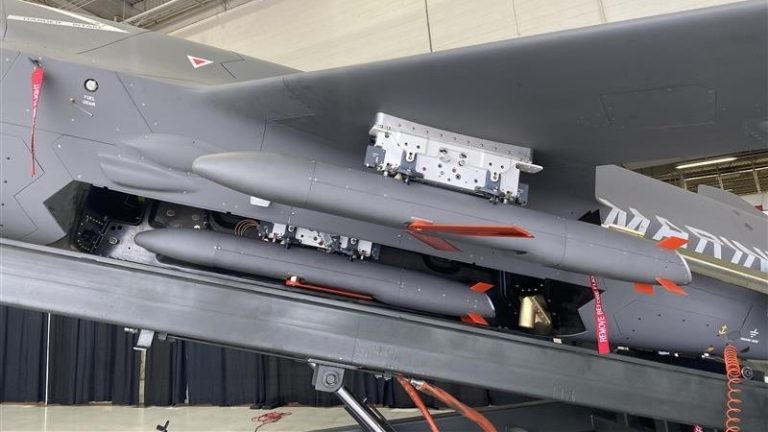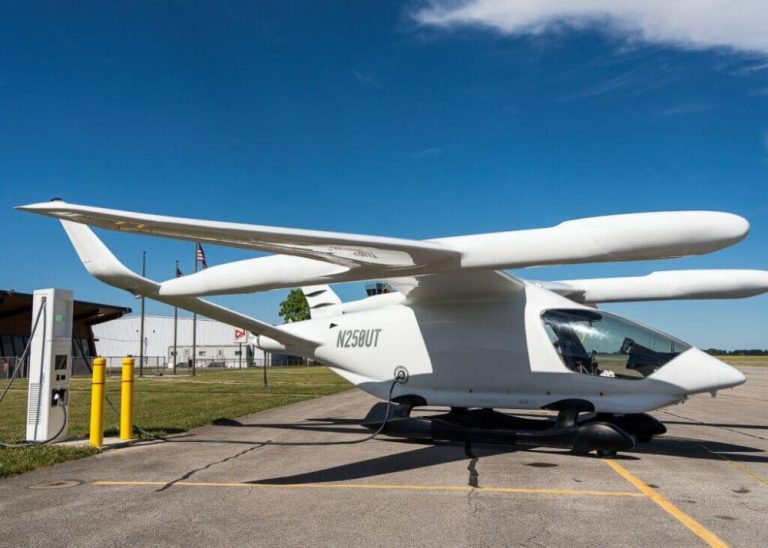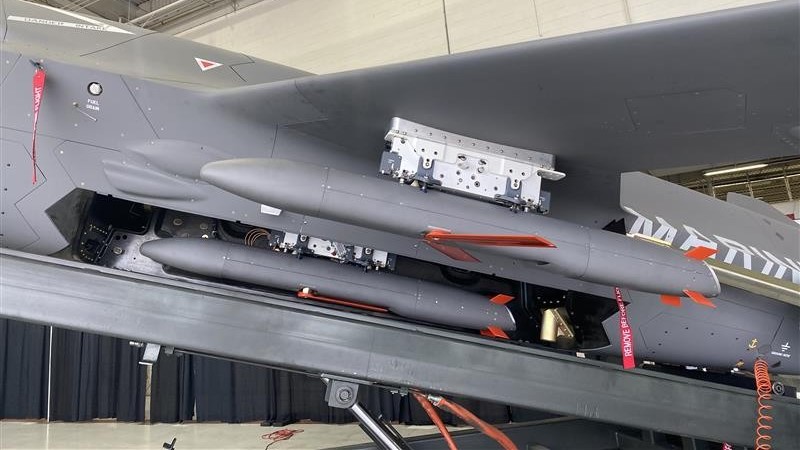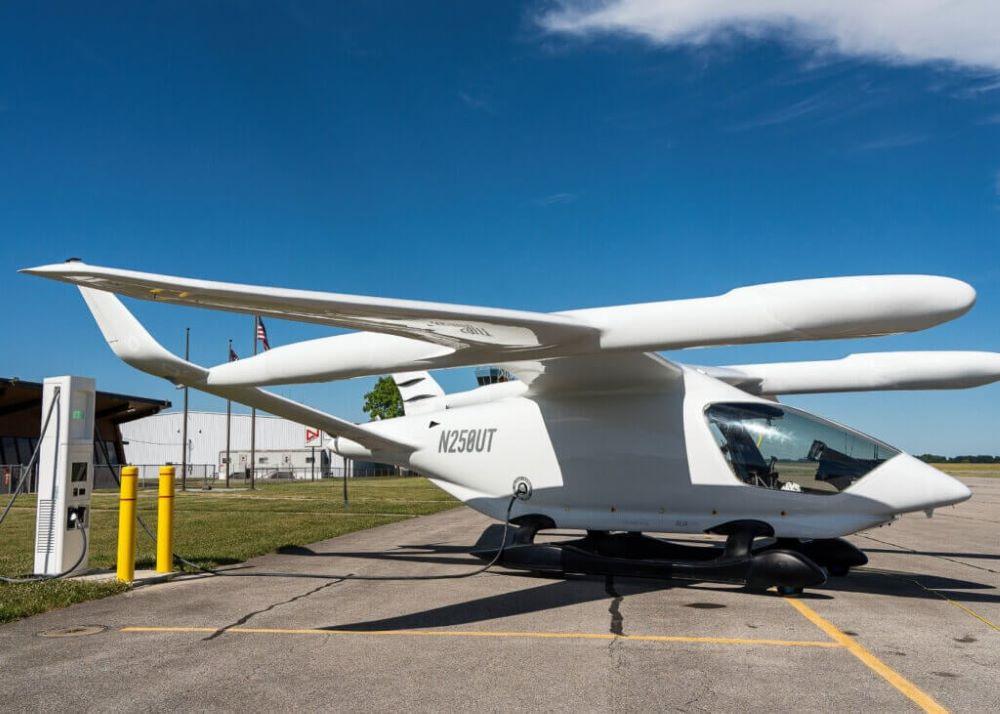LONDON—Pratt & Whitney is not far from improving its materials supply chain, which it sees as the main roadblock holding up engine shop visits, according to Keren Rambow, vice president of commercial engine aftermarket transformation at Pratt.
Responding to an audience poll here at MRO Europe 2025 in London, in which more than half identified materials as the severest pain point in engine maintenance, Rambow cited vertical integration as one way in which Pratt is gaining more control of its supply chain and raising part output. She also highlighted a big investment in a new atomization tower to improve powdered metal output.
One solution to parts shortages is to have repairs on new-generation platforms, the lack of which is a familiar gripe of MRO providers. Rembow agreed that the “industrialization of repairs is critical,” adding that it was important to focus their development on the right parts of the engine.
On the MRO front, engine shop capacity is rising, but not at the pace of demand, according to Fernando Comenge, Iberia Maintenance’s director of strategy transformation and supply chain. He agreed that materials shortages are still driving long turnaround times and stressed the need for more transparency from suppliers about when parts would realistically be delivered.
However, he also called for improvements from his side of the aftermarket, noting that the shop visit process had seen little change in 20 years. As facilities invest in new capabilities, he said they have the chance to “embed new technologies in a disruptive way” and change the way shops are run.
One such technology is data-driven materials forecasting, which has allowed Delta Techops to ensure it has the right parts in the right place at the right time, said Christy Robinson, the U.S. MRO provider’s director of engine maintenance.








